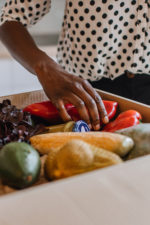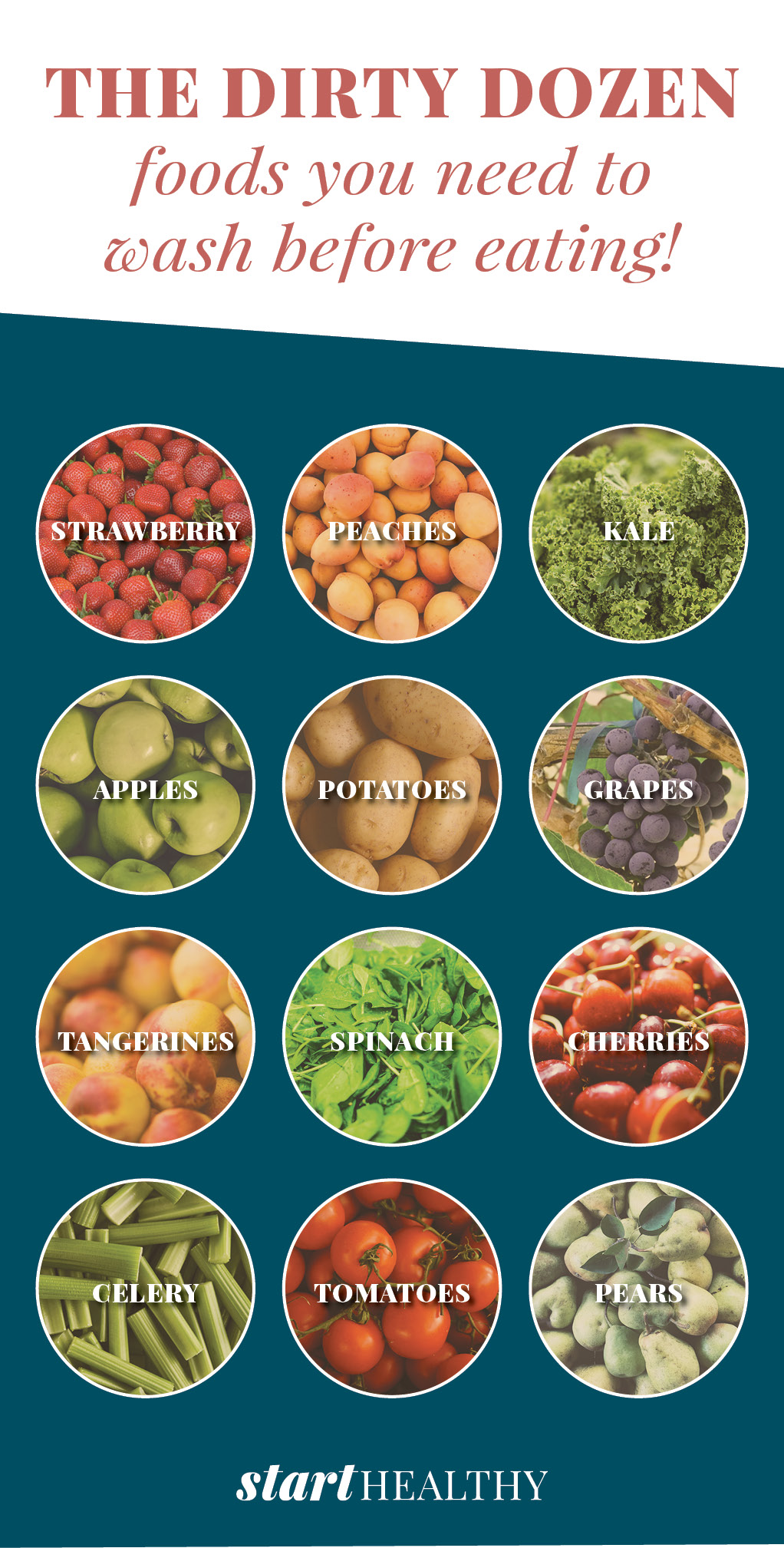You Should Care About the “Dirty Dozen” Foods List—Here’s Why
You probably wouldn’t pick up a head of lettuce directly off the grocery store shelf and take a bite, would you? No, absolutely not! It’s dirty and would probably taste like, well, dirt. So why do so many of us forget to wash our produce when we get home?
There is a laundry list of tactics grocery stores employ to keep produce looking its best, and unless you’re buying completely organic, you’re playing a literal game of Russian roulette with contaminants every time you neglect to give your food a good rinse.
There are some fruits and veggies, though, that are far worse than others when it comes to holding on to all of those potentially harmful chemicals. Every year, the Environmental Working Group (EWG)—which is, by the way, a great resource for keeping on top of the healthiest products for you and the environment—releases its Dirty Dozen. This list is a who’s who of the most chemical-laden produce and can help you determine which of your favorites are worth shopping organic for.
Though the full list varies annually, it often includes:
- Strawberries
- Spinach
- Kale
- Nectarines
- Apples
- Grapes
- Peaches
- Cherries
- Pears
It’s kind of scary that some of the most commonly purchased fruits and vegetables made this list, huh? Although it’s a little unnerving, there’s really no need to panic. The next time you’re shopping for fruits and vegetables, consider buying from a local farmers market, which are more likely to be organic and thus pesticide-free. Or simply read the sticker and keep an eye out for the “organic” symbol.
And also, wash your produce . . . please.


















